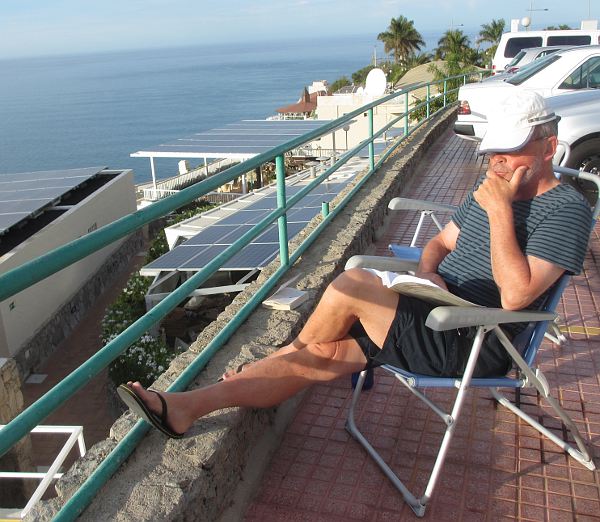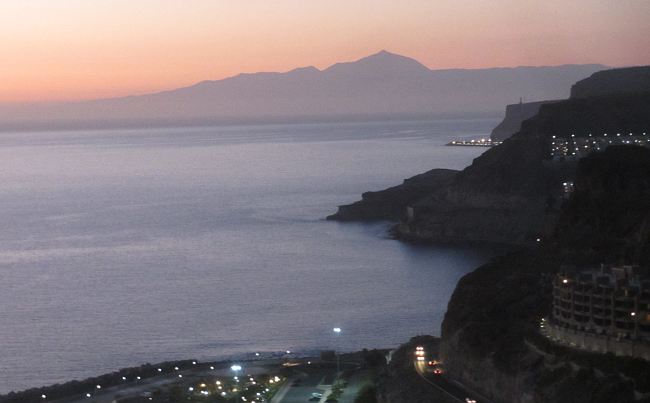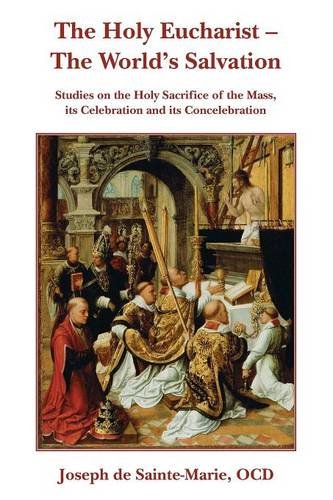 Jeg har lest ferdig boka The Holy Eucharist – The World’s Salvation, der forfatteren, Joseph de Sainte-Marie, OCD, er nokså kritisk til praksis som har kommet etter 1970 mht konselebrasjon av messen. Han er ikke mot konselebrasjon, og finner det bl.a. naturlig at prester konselebrerer med sin biskop ved spesielle anledninger, men han finner det ikke naturlig at mange prester skal konselebrere messer til stadighet, heller enn å feire egne messer. Han tar opp spørsmål som; blir ett eller flere messeoffer båret fram når mange prester konselebrerer en messe? Og han skiller tydelig mellom seremenoiell konselebrasjon (når f.eks. en biskop feirer messe med assisterende diakoner og en MC), og sakramental konselebrasjon (når flere prester deltar i konsekrasjonen).
Jeg har lest ferdig boka The Holy Eucharist – The World’s Salvation, der forfatteren, Joseph de Sainte-Marie, OCD, er nokså kritisk til praksis som har kommet etter 1970 mht konselebrasjon av messen. Han er ikke mot konselebrasjon, og finner det bl.a. naturlig at prester konselebrerer med sin biskop ved spesielle anledninger, men han finner det ikke naturlig at mange prester skal konselebrere messer til stadighet, heller enn å feire egne messer. Han tar opp spørsmål som; blir ett eller flere messeoffer båret fram når mange prester konselebrerer en messe? Og han skiller tydelig mellom seremenoiell konselebrasjon (når f.eks. en biskop feirer messe med assisterende diakoner og en MC), og sakramental konselebrasjon (når flere prester deltar i konsekrasjonen).
Prof. Peter Kwasniewski har skrevet en grundig og positiv anmeldelse av boka på The New Liturgical Movement, og han åpner anmeldelsen slik:
Let me begin with the bottom line. This is the most important book ever to appear in English on the subject of concelebration. It ought to be read by every bishop, priest, religious, teacher of liturgy, and seminary formator, and absolutely anyone with a desire to learn about this complex and sometimes contentious issue.
Fr. Joseph de Sainte-Marie (1931–1985), a professor and specialist in Carmelite spirituality at the Pontifical Theological Faculty ‘Teresianum’ in Rome, published this substantial collection of his writings in 1982, only a few years before his death. One may regret that it has taken over 30 years for an English translation to appear — or better, one may rejoice that it has finally come out for the benefit of those who do not read French. Lest a nearly 600-page tome prompt any dismay, I hasten to repeat that this is a gathering together of a dozen finely-chiseled essays on the Mass and the Holy Eucharist, with special attention to concelebration. …
Har tar også med innholdfortegnelsen til boka:
TABLE OF CONTENTS
Introduction (xi)
Foreword (xvii)
Part I: A Disputed Question
1. Reflections and Questions on the Subject of Concelebration (3)
2. A Critical Note on a ‘Theology of Concelebration’ (29)
3. Concelebration: Sensus Fidei and Theology (81)
Part II: The Historical Inquiry
4. Concelebration: The History of a History (123)
5. Concelebration: An Historical Summary (179)
6. Eucharistic Concelebration in the Magisterium of the Second Vatican Council (203)
7. ‘Useless and Superfluous Masses’ (273)
8. The Church Asks for the Multiplication of Masses (297)
Part III: Theological Reflection
9. ‘Sacrificium Missae’ (323)
10. The Liturgy: Mystery, Symbol, and Sacrament (355)
11. The Mass: Meal, ‘Blessing’, Congregation, or Sacrifice? (425)
12. The Celebration and Multiplication of the Sacrifice (483)
Conclusion (539)
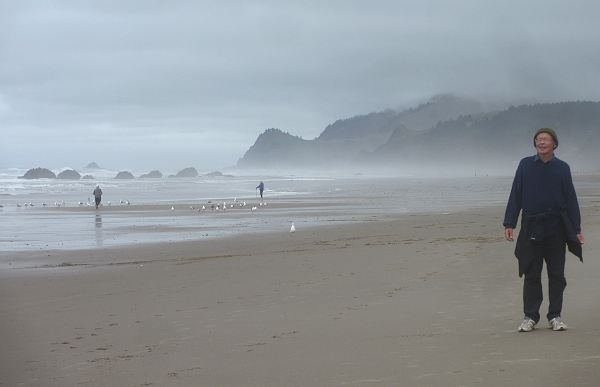

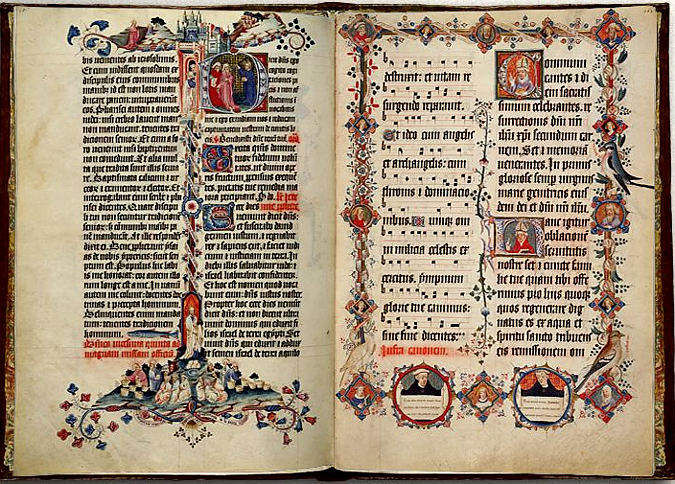
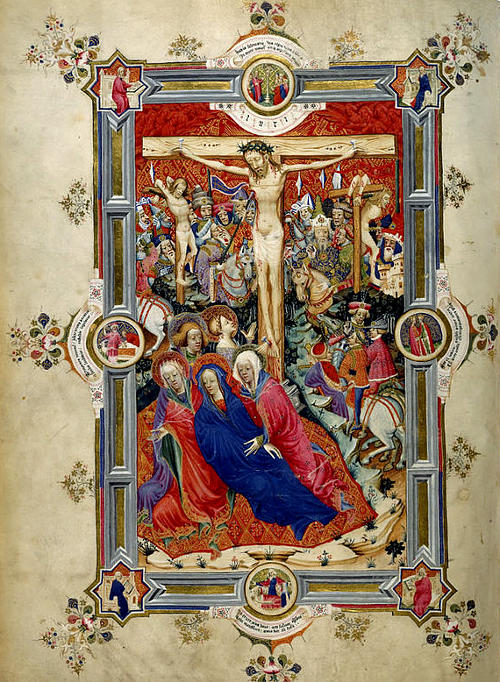
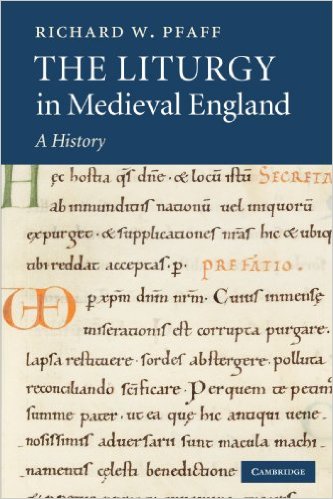
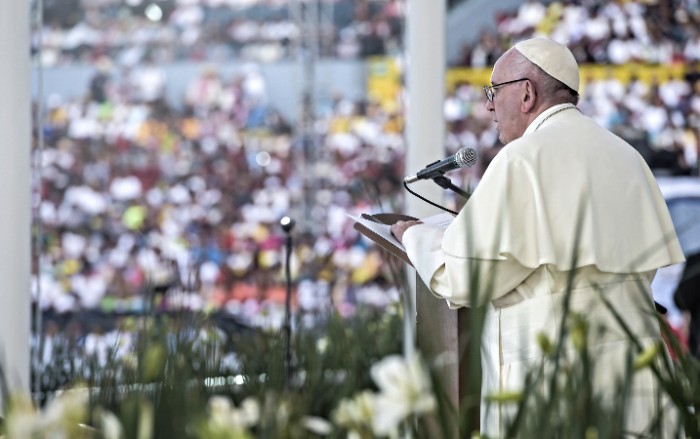
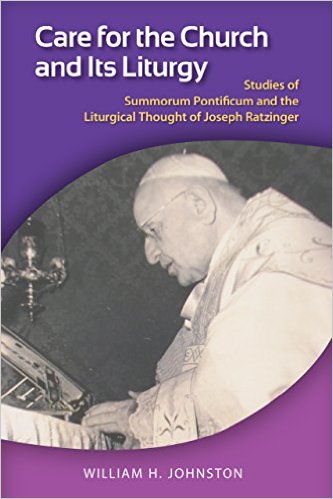 Jeg har nå lest ferdig boka Care for the Church and Its Liturgy: A Study of Summorum Pontificum and the Extraordinary Form of the Roman Rite av William H. Johnston, som ganske grundig og saklig gjør rede for pave Benedikts utvidelse av muligheten til å feire den tradisjonelle latinske messen.
Jeg har nå lest ferdig boka Care for the Church and Its Liturgy: A Study of Summorum Pontificum and the Extraordinary Form of the Roman Rite av William H. Johnston, som ganske grundig og saklig gjør rede for pave Benedikts utvidelse av muligheten til å feire den tradisjonelle latinske messen. 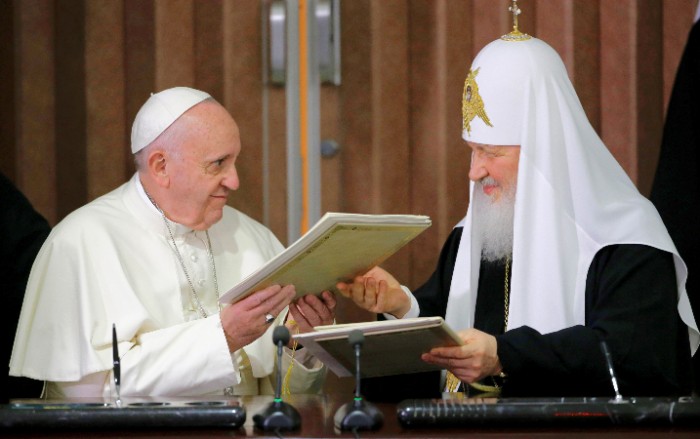
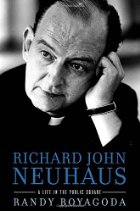 I dag har jeg lest ferdig ei bok som kom ut for akkurat ett år siden: Richard John Neuhaus: A Life in the Public Square Neuhaus har betydd mye for meg, helt siden 1991, da jeg begynte å lese det nystartede tidsskriftet
I dag har jeg lest ferdig ei bok som kom ut for akkurat ett år siden: Richard John Neuhaus: A Life in the Public Square Neuhaus har betydd mye for meg, helt siden 1991, da jeg begynte å lese det nystartede tidsskriftet 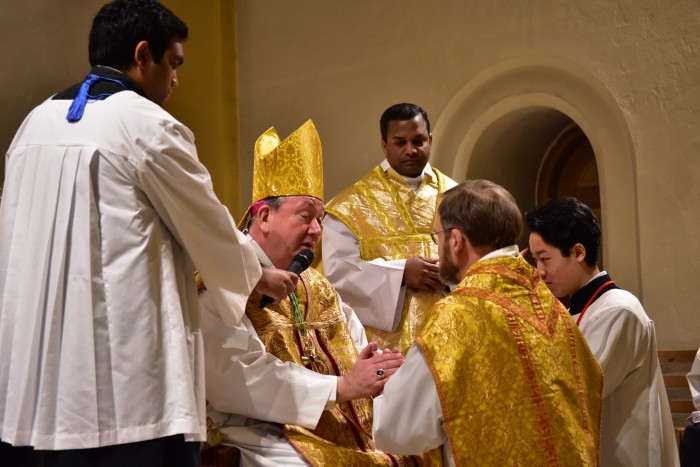
 Jeg har lest ferdig boka The Holy Eucharist – The World’s Salvation, der forfatteren, Joseph de Sainte-Marie, OCD, er nokså kritisk til praksis som har kommet etter 1970 mht konselebrasjon av messen. Han er ikke mot konselebrasjon, og finner det bl.a. naturlig at prester konselebrerer med sin biskop ved spesielle anledninger, men han finner det ikke naturlig at mange prester skal konselebrere messer til stadighet, heller enn å feire egne messer. Han tar opp spørsmål som; blir ett eller flere messeoffer båret fram når mange prester konselebrerer en messe? Og han skiller tydelig mellom seremenoiell konselebrasjon (når f.eks. en biskop feirer messe med assisterende diakoner og en MC), og sakramental konselebrasjon (når flere prester deltar i konsekrasjonen).
Jeg har lest ferdig boka The Holy Eucharist – The World’s Salvation, der forfatteren, Joseph de Sainte-Marie, OCD, er nokså kritisk til praksis som har kommet etter 1970 mht konselebrasjon av messen. Han er ikke mot konselebrasjon, og finner det bl.a. naturlig at prester konselebrerer med sin biskop ved spesielle anledninger, men han finner det ikke naturlig at mange prester skal konselebrere messer til stadighet, heller enn å feire egne messer. Han tar opp spørsmål som; blir ett eller flere messeoffer båret fram når mange prester konselebrerer en messe? Og han skiller tydelig mellom seremenoiell konselebrasjon (når f.eks. en biskop feirer messe med assisterende diakoner og en MC), og sakramental konselebrasjon (når flere prester deltar i konsekrasjonen).
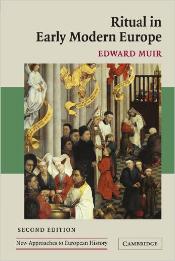 For et par dager siden leste jeg ferdig boka: Ritual in Early Modern Europe, av Edward Muir, en ganske interessant gjennomgang av ritualer i samfunnet og i kirker i siste del av middelalderen.
For et par dager siden leste jeg ferdig boka: Ritual in Early Modern Europe, av Edward Muir, en ganske interessant gjennomgang av ritualer i samfunnet og i kirker i siste del av middelalderen. 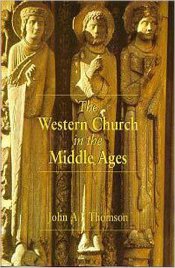 Western Church in the Middle Ages, skrevet John A. F. Thomson, var en ganske interessant bok, som tar for seg Kirkens historie i litt over 1000 år (fra 450 til 1515) – selv om den omtalt en hel del ting som jeg visste fra før.
Western Church in the Middle Ages, skrevet John A. F. Thomson, var en ganske interessant bok, som tar for seg Kirkens historie i litt over 1000 år (fra 450 til 1515) – selv om den omtalt en hel del ting som jeg visste fra før. 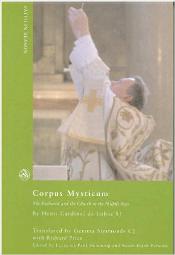 Kardinal Henri Lubac, SJ, utga denne boka (på fransk) i 1944, men så vidt jeg forstår kom det ikke noen engelsk oversettelse før i 2011.
Kardinal Henri Lubac, SJ, utga denne boka (på fransk) i 1944, men så vidt jeg forstår kom det ikke noen engelsk oversettelse før i 2011. 